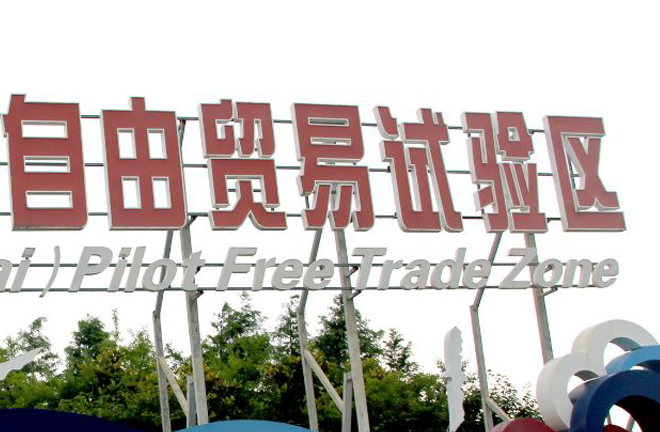China designates six free trade zones across the country

A series of policy measures were proposed in the overall plan to make trade more convenient in the new pilot free trade zones. Photo: FILE
The new pilot free trade zones are located in six provincial-level regions, including Shandong, Jiangsu, Guangxi, Hebei, Yunnan and Heilongjiang. A comprehensive plan was released by the State Council as guidelines for their development.
To explore new approaches to deepening reform and greater openness, China started to establish free trade zones in 2013. It has optimized the overall layout over recent years so that the free trade zones are located across the entire country. Bold moves have been made in terms of how to facilitate investment and trade convenience, expand the role of finance in the real economy and shift the function of governments.
The overall plan targeting the six free trade zones displays four prominent features. It highlights institutional innovations. With the lessons learned from successful reforms, the plan proposes systematic and integrated objectives for the free trade zones concerning investment, trade, finance and whole-process regulation. It emphasizes efforts to improve openness by ramping up economic and trade cooperation with neighboring countries and regions based on their respective geographical advantages.
The plan also promotes high-quality development. Strategic advantages coupled with institutional innovations will help solve developmental problems. In addition, the new free trade zones should serve and integrate with the country’s major strategies such as the Belt and Road initiative, the Beijing-Tianjin-Hebei coordinated development, the Yangtze River Economic Belt, the Northeastern China Revitalization and the Yangtze River Delta Integration. A pursuit of higher international trade standards allows the free trade zones to cultivate differentiated focuses and features. “Setting up new pilot free trade zones is a major decision by the Communist Party of China Central Committee and the State Council to better serve national strategies while taking positioning and requirements into consideration, said Wang Shouwen, the Chinese vice minister of commerce and China’s deputy international trade representative.
On July 3, the State Council received the reports on how to empower free trade zones with greater freedom for reform and innovation. In the overall plan, these free trade zones will feel more liberty to implement reform in the following areas.
A series of policy measures were proposed to make trade more convenient. For example, Jiangsu Province aims to ameliorate the customs clearance process and systematize the average time needed for the release of goods from ports and customs clearance. Guangxi Zhuang Autonomous Region planned to open channels for the ASEAN countries at customs. Investment convenience facilitation forms another focus. For example, free trade zones and associated departments should manage the approval and filing of foreign-funded talent intermediary agencies and non-vessel shipping. Financial innovation is designed to aid the real economy. The plan also proposed to simplify the process of talent introduction.
This article was edited and translated from Economic Daily.
edited by MA YUHONG
